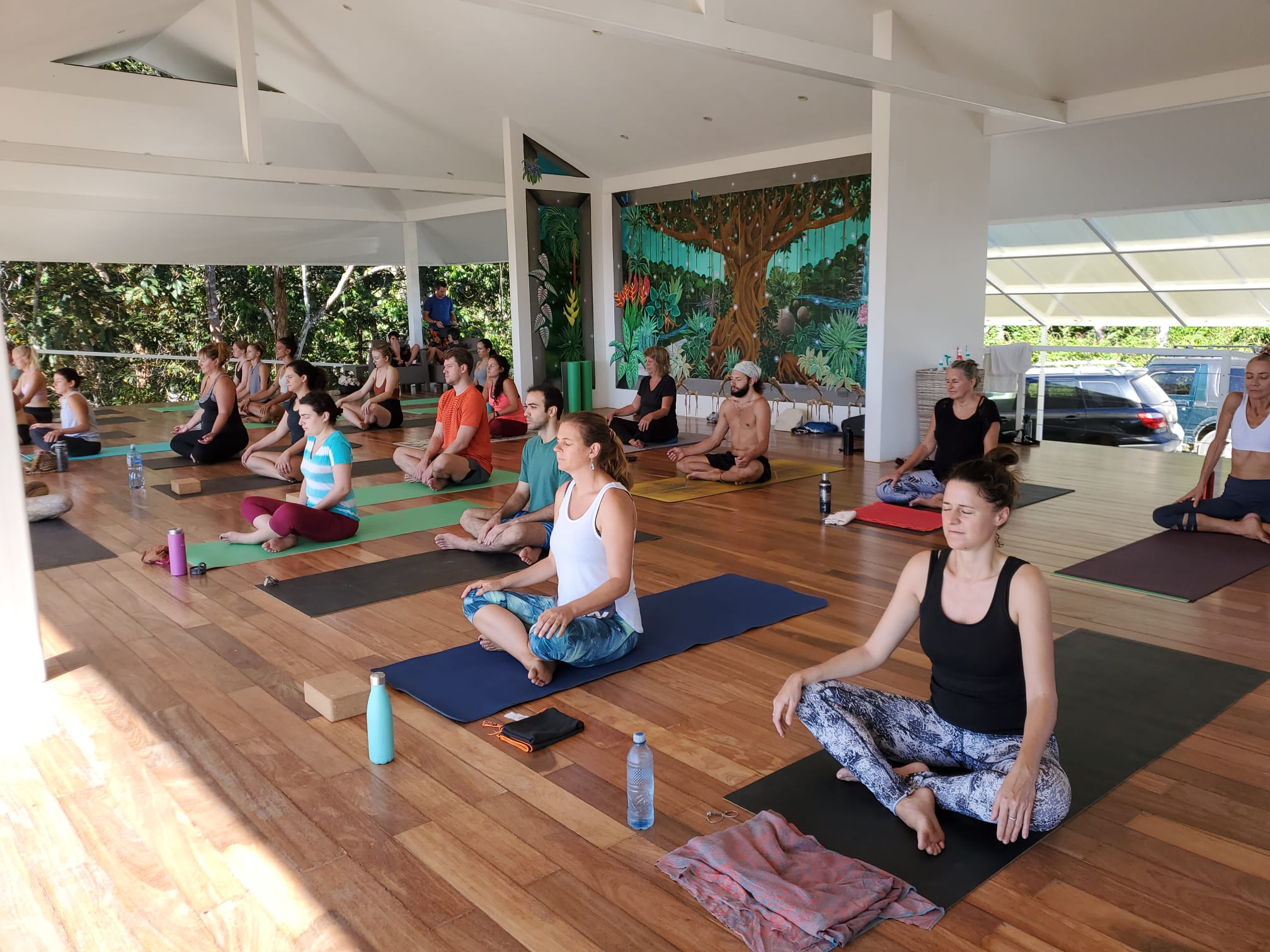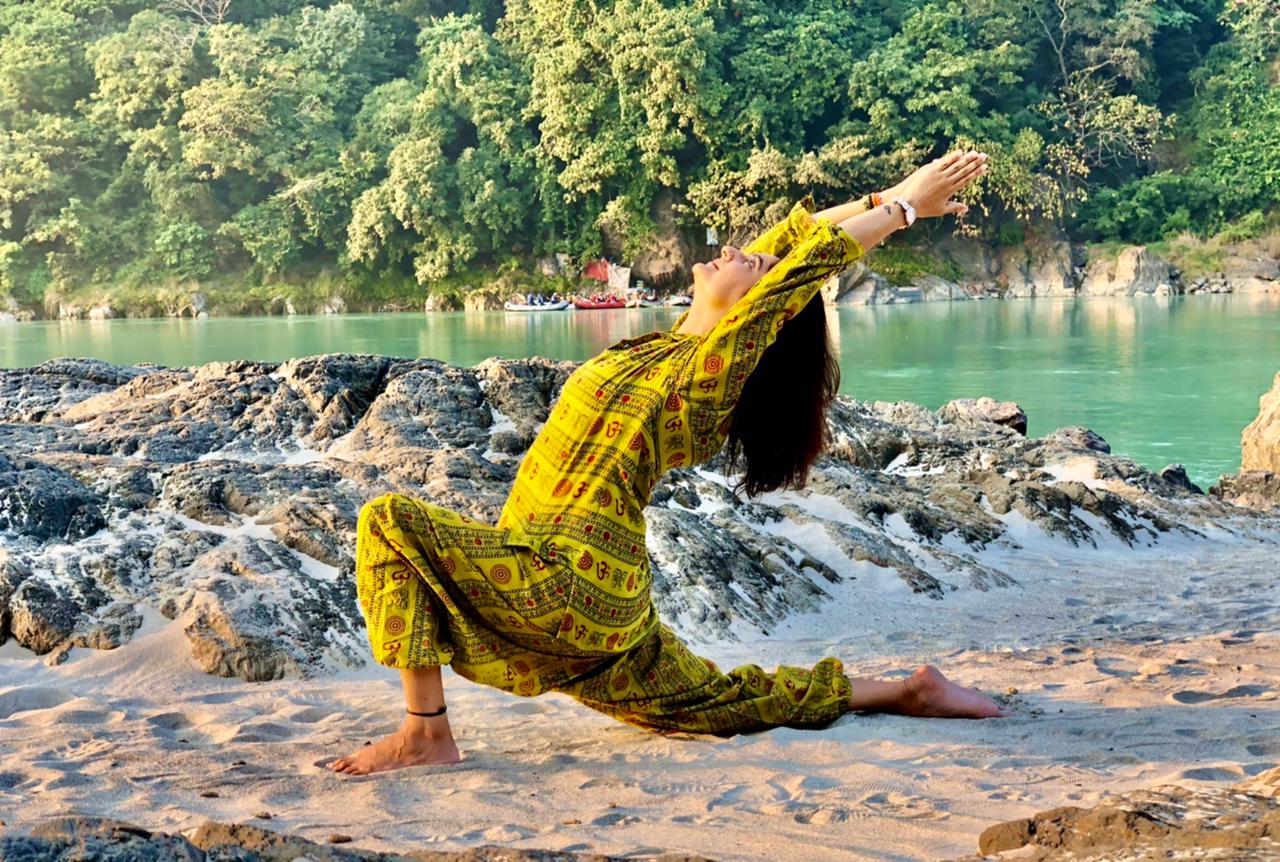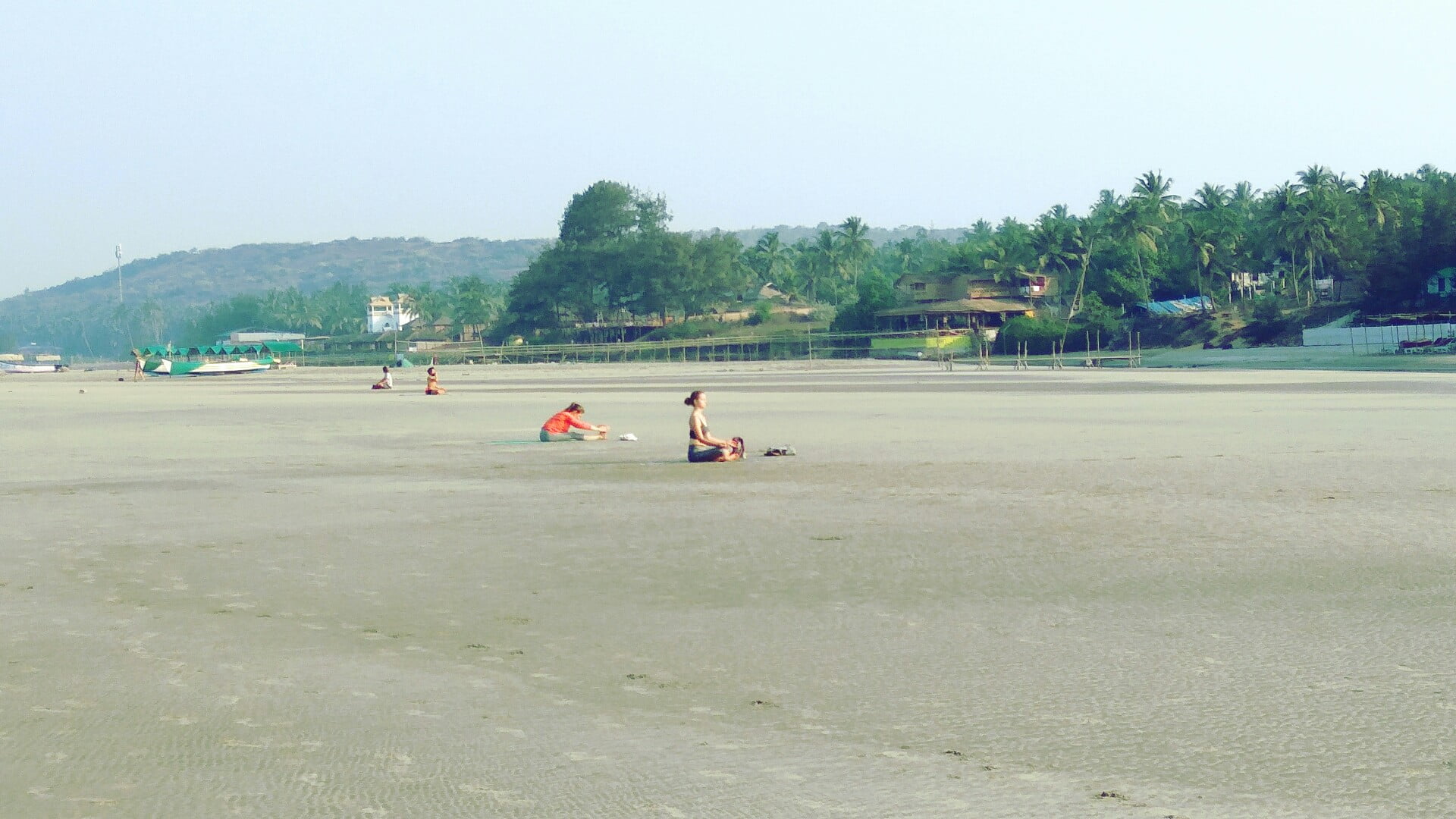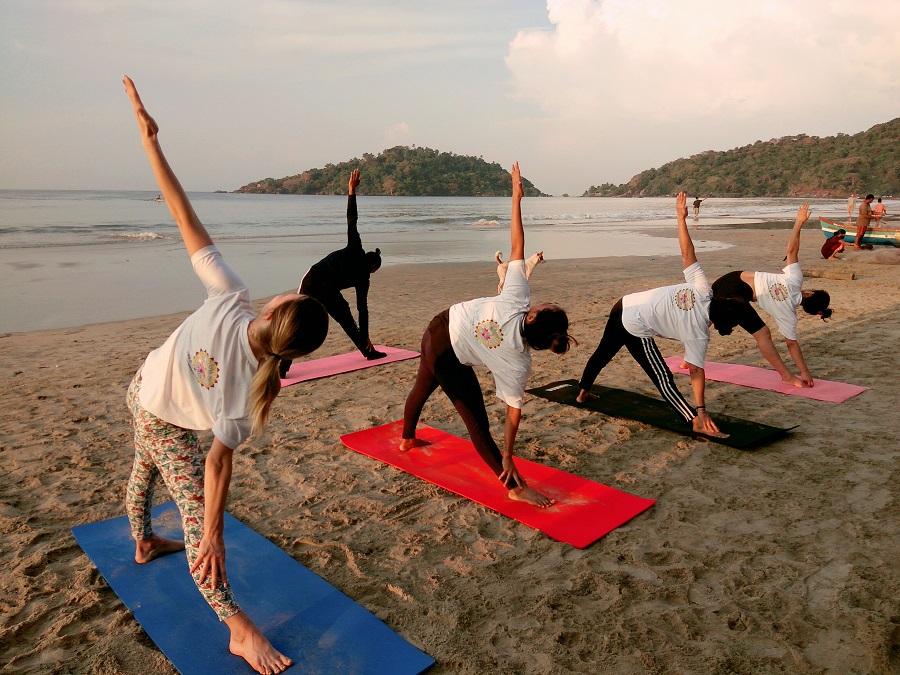Costa Rica Yoga Retreat Expectations vs Reality
You may imagine waking every day to the sunrise and experiencing morning yoga and spending hours breathing in bliss until you reach nirvana. Or you may be on the complete opposite side of this where you feel as though you have never properly done yoga – there was just that one time at the gym – but you picture yourself in a picture-perfect posture, even though you don’t know the name and fantasize about being on the cover of some magazine.
The trouble with this notion is the fact that there is always going to be a gap between fantasy and reality. Thus, it is your own personal journey of self-healing that should be your main focus.


Hopes & Expectations…
You go because…
- You’re stressed out.
- You need a break from day-to-day life.
- You want to do something different.
- You want to explore and progress your practice.
- You need time for reflection.
- You need time to heal your trauma being held in your body.
You expect to…
-
- Peace environment.
- Feel blissful.
- Love everyone.
- Lose weight.
- Get flexible.
You’re worried that…
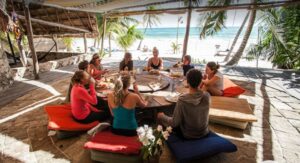

- Everyone else will be a super yogi.
- Everyone will always greet each other with ‘Namaste.’
- Lettuce and only lettuce will be served three times a day.
- You’ll have to give up many of your food indulgences.
Here’s What Actually Happens
You feel tired and terrible because your body is detoxing. Everything hurts because you’re using some of your muscles for the first time, and re-awakening others that have long been forgotten. The habits that sustain you at home aren’t sustainable here, and without them, you feel as though everything might just fall apart just enough to be broken open. You feel uncertain because there is a gap between what you think you can or should be able to do, and what is within your yogi grip – You do not look like the person in the retreat flyer, nor do you look like the person on the website. So how do you visualize yourself along such a journey?
In the end…
- You realize yoga’s not just about the posture – it is about looking inward.
- Your practice is much more than pulling shapes.
- You realize it’s ok to be you – your sense of self is renewed and restored.
- You may feel strong emotions, such as crying as you are allowing things you may have been suppressing or avoiding for years to now flow through you. This newfound awareness will help you heal your soul.
- You feel stronger and more toned than ever before.
- You realize you’re stronger and more capable than you give yourself credit.
- That peacefulness you experience is not something that can be obtained, but simply found as you learn.
- You are able to learn how and when you slow down enough to let your body BREATHE.
- You recognize your newfound ability to stay present.
- You understand that before you can be kind to anyone else, you have to be kind to yourself. Have some self-compassion and acceptance!
- You feel re-energized and revitalized. In fact, you’re radiant and glowing.
So you go home with new ideas about who you are, who you want to be, and what you want from life. Not only that, you realize that you have renewed energy to pursue your dreams.
Over time, sometimes suddenly but subtly, your life changes because it is now that you are able to see things differently. Through fresh eyes, your perspective on life and yourself have somehow shifted — because you’ve seen and experienced the depths of your soul. You can now cherish this blessed experience as you continue your practice and return to day-to-day living.
Mantra Yoga School Costa Rica offers – 5 Night 6 Days Yoga Retreat mainly focused on yoga meditation and excursion to heal and unwind a person from city life and give a new phenomenon to live the life with natural goals.
Namaste!
Follow us at Instagram @yogaschoolcostarica
If you wish to become a Yoga Teacher with an International certificate then read more here
how to become Dual certified, Yoga Alliance, USA Yoga Teacher Training Costa Rica

